
Open Liberty 20.0.0.12 brings support for gRPC, custom JNDI names, and Java SE 15
Discover Open Liberty 20.0.0.12's new support for gRPC and Java SE 15 and get a quick introduction to configuring custom JNDI name support for EJBs.

Discover Open Liberty 20.0.0.12's new support for gRPC and Java SE 15 and get a quick introduction to configuring custom JNDI name support for EJBs.
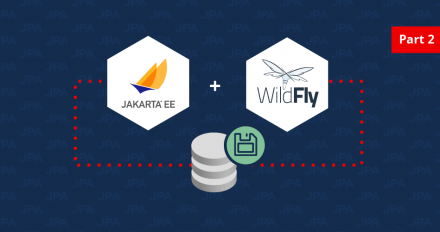
You've implemented multitenancy using a database with JPA and WildFly. Now, set up multitenancy using a schema and EJB for container-managed transactions.

Learn what's new in the Red Hat Software Collections 3.6 and Red Hat Developer Toolset 10 betas, featuring container images for Node.js 14 and Nginx 1.18.
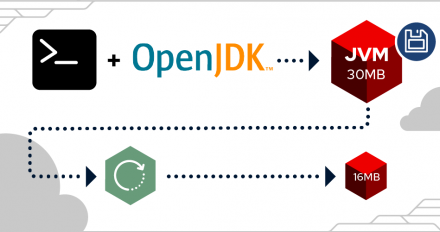
Don't let long load times bog down your Java applications! Learn how to use Checkpoint/Restore in Userspace (CRIU) for faster startup with checkpoints.

Open Liberty 20.0.0.9 lets you experiment with the type-safe SmallRye GraphQL Client API and write/run GraphQL queries and mutations faster with GraphiQL.

Explore the basics and benefits of using Podman for your Linux containers and going rootless, and then walk through an example.

Explore the front end-based C++ features that C++ application programmers care most about in GCC 10.1 (G++ 10.1), which include many C++20 proposals.

Tackle security vulnerabilities in your open source code with the latest CodeReady Dependency Analytics and its Snyk Intel Vulnerability DB integration.

Learn how to troubleshoot, monitor, and profile your container-based Java applications with JDK Flight Recorder, courtesy of OpenJDK 8u 262.

Multipath TCP is coming as a Tech Preview on upcoming RHEL 8.3. Learn how to run a basic client/server connectivity test.

Explore the relationship between iptables and nftables, and discover how iptables-nft gives you the best of both worlds without breaking legacy code.
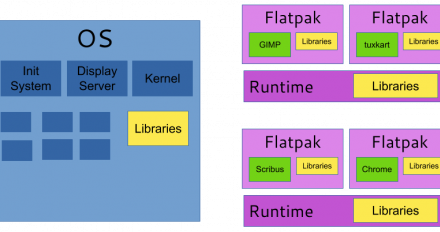
Learn how to use the new Flatpak runtime to build containerized desktop applications on top of Red Hat Enterprise Linux 8.2.
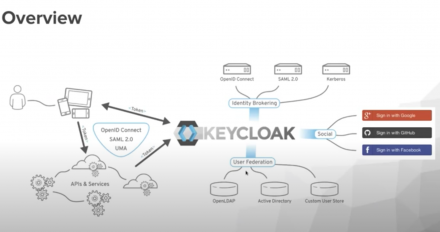
In this DevNation Tech Talk, we take a deep dive into Keycloak to handle open source identity and access management with modern applications and services.

Explore these strategies for building an application in a way that enhances the developer experience, rather than bogging a developer down.

Open source IoT developers, take the 2020 Eclipse IoT Working Group's IoT Developer Survey and help shape open source IoT at the edge.

Discover how Camel Kafka Connect project's connectors natively interact with Kafka Connect so developers can add them to their event-driven architecture.
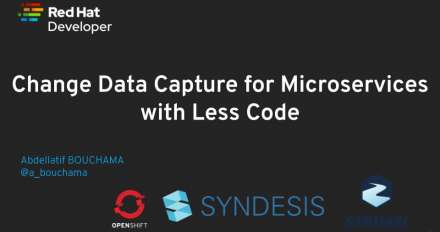
Learn how to build microservices on Red Hat OpenShift and capture their change data with less code through Syndesis, Debezium, and Strimzi.
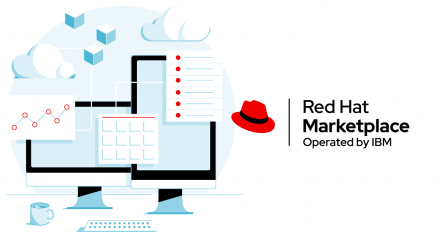
Explore the Red Hat Marketplace technical preview and see how Red Hat and IBM are making it easier to build Kubernetes applications on OpenShift.

Discover the thinking behind some of the ISO C++ Core Language Working Group's decisions regarding their responses to the last round of C++20 draft standard comments.

Discover the new -fanalyzer option coming to GCC 10 that provides a static analysis pass to identify problems at compile-time, rather than at runtime.

Learn how to prevent accidental file check-ins in Git without the limitations of .gitignore, which only works well with files common to all collaborators.

Discover how Buildbot brings continuous integration to the GNU Project Debugger, where the project stands now, its challenges, and where it's headed.

We show you how to do the following in Open Liberty 20.0.0.1: support OpenShift OAuth server, monitor process CPU time, start applications faster, and update JavaServer Face.
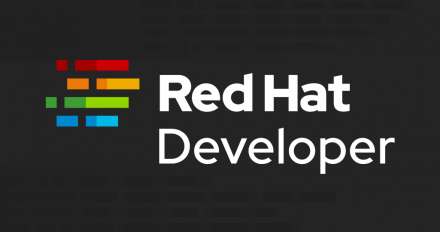
Open Liberty 19.0.0.12 provides support for MicroProfile 3.2, allowing users to provide their own health check procedures and monitor microservice applications easily with metrics.
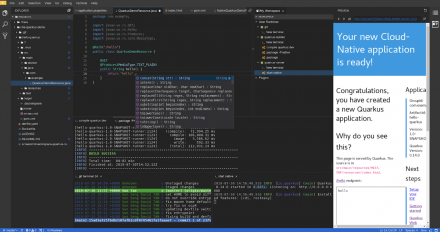
Learn about the new release of Eclipse Che 7, the Kubernetes-native IDE, that lets developers code, build, test, and run cloud-native applications.